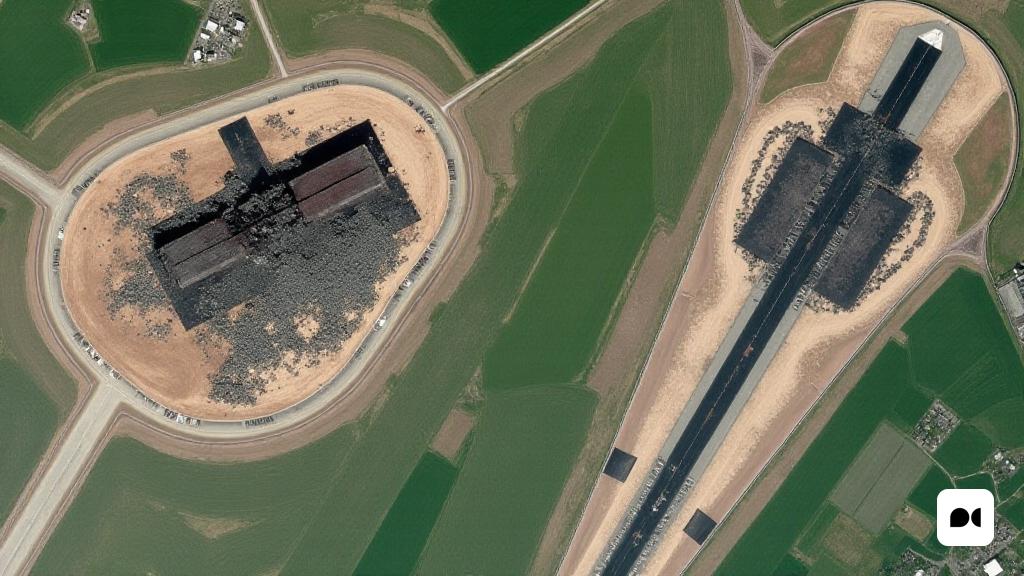The Scale of Recent Military Engagement
In a remarkable escalation of tensions, India and Pakistan engaged in their most significant military confrontation in decades, characterized by intense aerial bombardments and ground operations. This four-day conflict marked a notable chapter in the long-standing rivalry between these nuclear-capable nations, illuminating the increasingly volatile security landscape in South Asia.
The Duel of Narratives: Information Warfare
As the fighting unfolded, both nations launched a parallel information campaign, employing drones and missiles not only to inflict damage but also to shape public perception. Each side touted claims of overwhelming victories and substantial losses inflicted upon the adversary, creating a narrative of dominance that was as contentious as the physical clashes themselves.
Satellite Insights: A Reality Check on Damage Claims
However, a detailed analysis of satellite imagery paints a contrasting picture. While the extent of military engagement was indeed vast, the actual damage appears to be more restrained than reported. The majority of destruction was directed at Pakistani installations by Indian forces, suggesting a calculated approach to targeting.
Casualties and Aircraft Losses
Both sides have confirmed casualties among their military personnel, with India reporting five soldiers lost and Pakistan acknowledging eleven. Nevertheless, the most significant losses seem to have occurred in the air, with unconfirmed reports indicating that India may have downed several aircraft during the conflict.
Targeted Strikes: An Examination of Key Locations
India’s military strategy shifted toward direct assaults on critical military infrastructure, including airfields and command centers. High-resolution satellite images reveal targeted damage at several key locations in Pakistan. For instance, the Bholari air base, situated near Karachi, was reported to have sustained significant damage from a precision strike aimed at an aircraft hangar.
Strategically Significant Targets
The Nur Khan air base, which is alarmingly close to both Pakistan’s military headquarters and its nuclear oversight unit, was also struck. The Indian military focused on crippling the operational capabilities of Pakistan’s air force, as evidenced by the damage reports and subsequent operational notices regarding runway availability at various bases.
Pakistan’s Claims: A Counter Narrative
On the other hand, Pakistan has asserted that it retaliated effectively by targeting Indian military sites. Despite these claims, satellite evidence of damage inflicted by Pakistan appears to be scarce and unconvincing, with many assertions lacking corroborative imagery.
The Reality of Military Engagement
As the dust settles, the claims of destruction and the actual outcomes reveal a complex and nuanced reality. The reported destruction of India’s Udhampur air base remains unverified by tangible evidence, leaving many to question the veracity of both nations’ narratives.
Looking Forward: The Implications of Modern Warfare
This recent military engagement underscores the evolving nature of warfare in South Asia, where advanced technology plays a crucial role in both combat and information dissemination. As both nations navigate this new battleground, the potential for future conflicts remains high, demanding careful diplomatic engagement to prevent further escalation.

